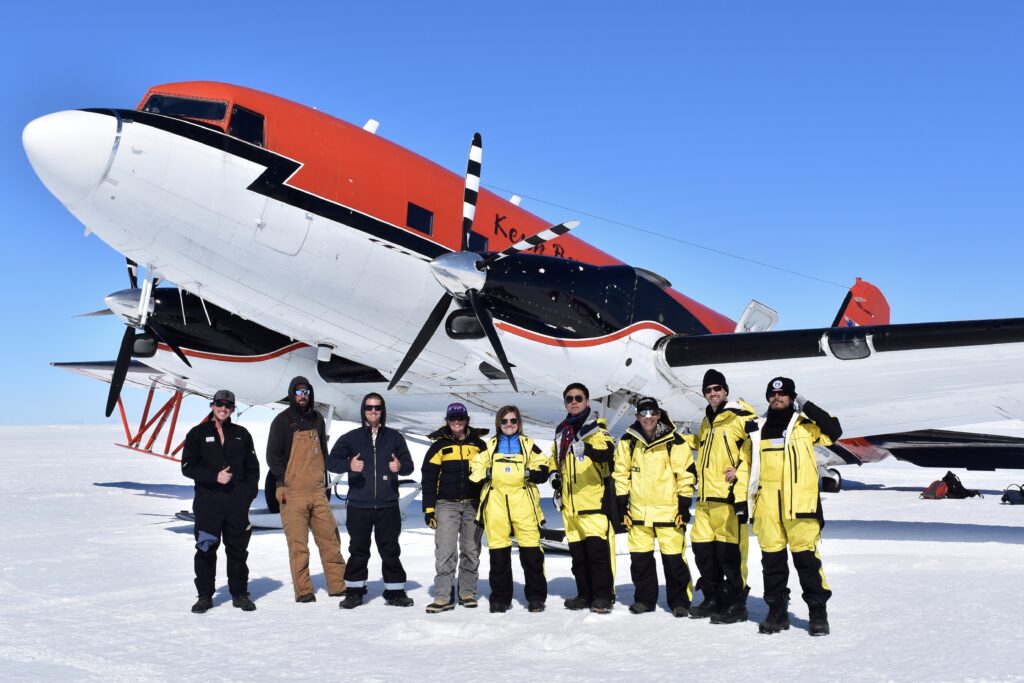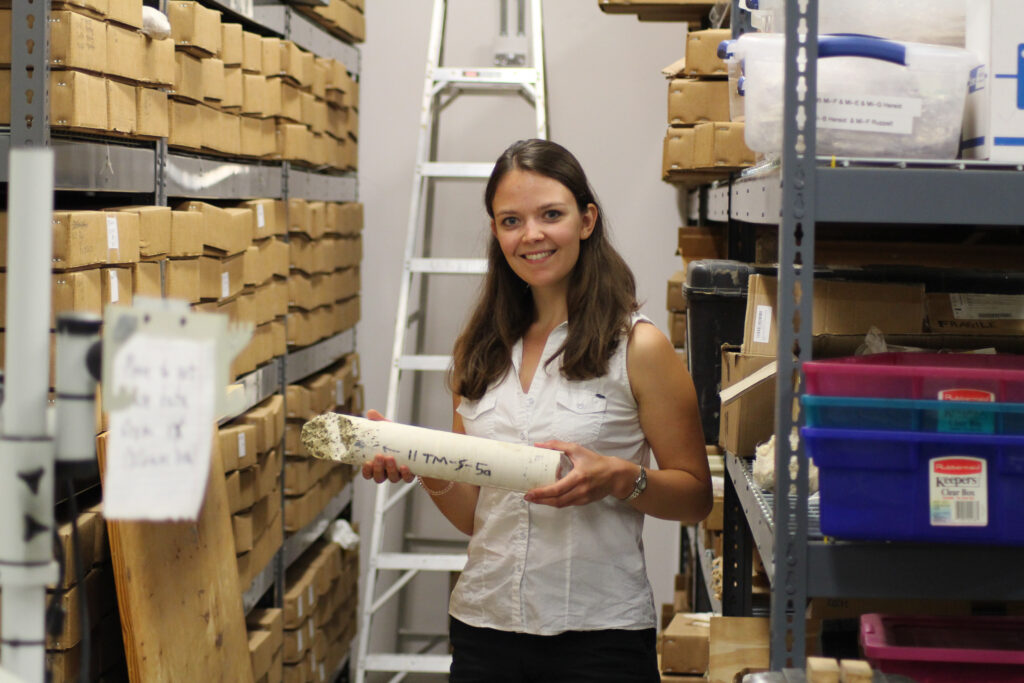Mars was once a wet world, like Earth, but did water hang around long enough on its surface to sustain life? That’s the question on the mind of Eric Hiatt, a graduate student at UT Austin’s Jackson School of Geosciences, who’s supported by UT’s Center for Planetary Systems Habitability to study the history of water… Continue Reading Meet the Mars Student Researcher Who Wants to Rewrite Fluid Dynamics
Underwater Snow Gives Clues About Europa’s Icy Shell
Below Europa’s thick icy crust is a massive, global ocean where the snow floats upwards onto inverted ice peaks and submerged ravines. The bizarre underwater snow is known to occur below ice shelves on Earth, but a new study shows that the same is likely true for Jupiter’s moon, where it may play a role… Continue Reading Underwater Snow Gives Clues About Europa’s Icy Shell
Newly Discovered Lake May Hold Secret to Antarctic Ice Sheet’s Rise and Fall
Scientists investigating the underside of the world’s largest ice sheet in East Antarctica have discovered a city-size lake whose sediments might contain a history of the ice sheet since its earliest beginnings. That would answer questions about what Antarctica was like before it froze, how climate change has affected it over its history, and how… Continue Reading Newly Discovered Lake May Hold Secret to Antarctic Ice Sheet’s Rise and Fall
Ancient El Niños Reveal Limits to Future Climate Projections
The climate pattern El Niño varies over time to such a degree that scientists will have difficulty detecting signs that it is getting stronger with global warming. That’s the conclusion of a study led by scientists at The University of Texas at Austin that analyzed 9,000 years of Earth’s history. The scientists drew on climate… Continue Reading Ancient El Niños Reveal Limits to Future Climate Projections
UT Graduate Student Research Solves Plate Tectonics Mystery
The longstanding enigma of how tectonic plates can break Earth’s rock-hard shell may have been solved by a recent graduate student at The University of Texas at Austin who caught the Earth in the act of starting a new tectonic conveyor belt off the coast of New Zealand. The world’s tectonic conveyor belts – called… Continue Reading UT Graduate Student Research Solves Plate Tectonics Mystery
- « Previous Page
- 1
- 2
- 3
- 4
- 5
- …
- 7
- Next Page »





